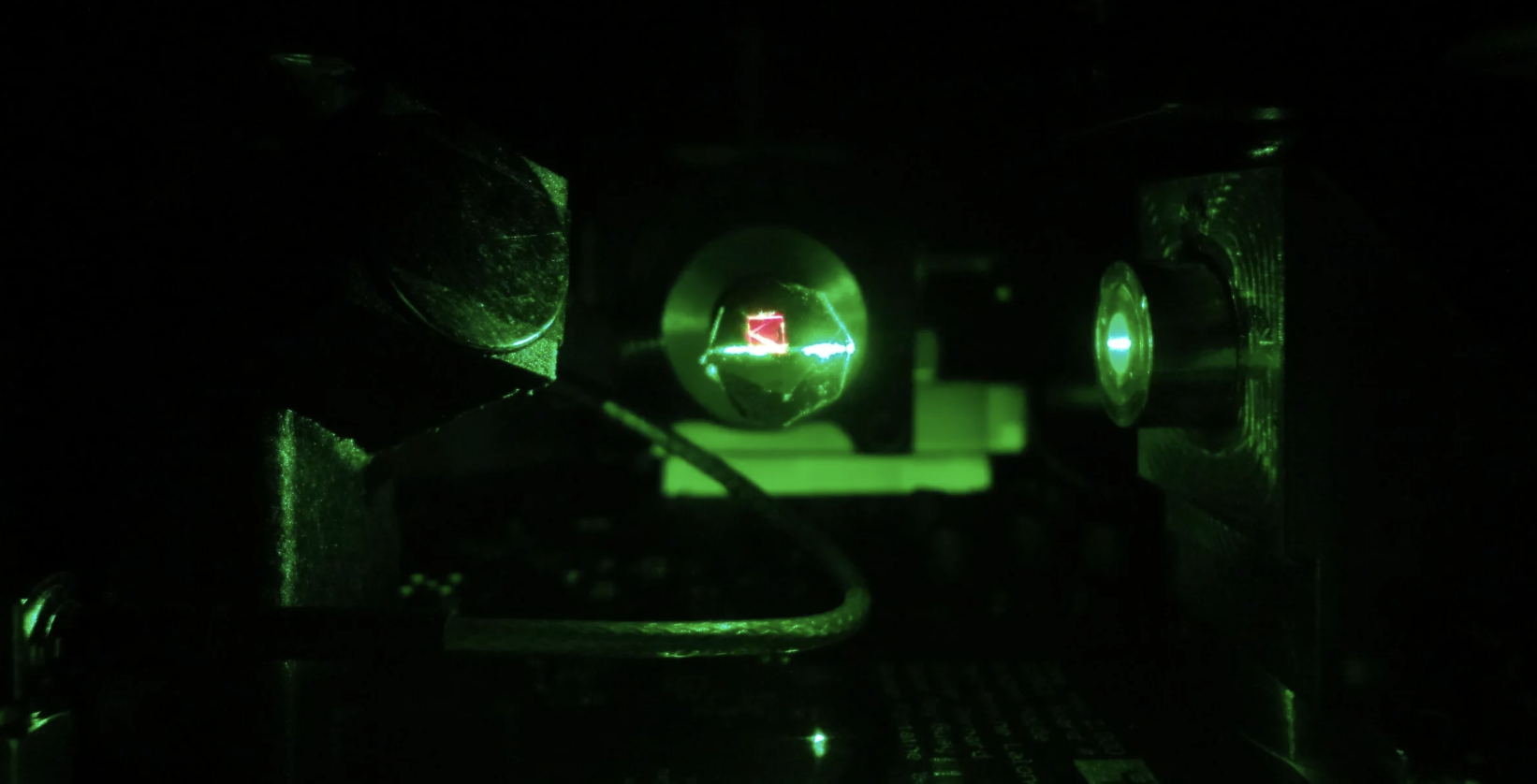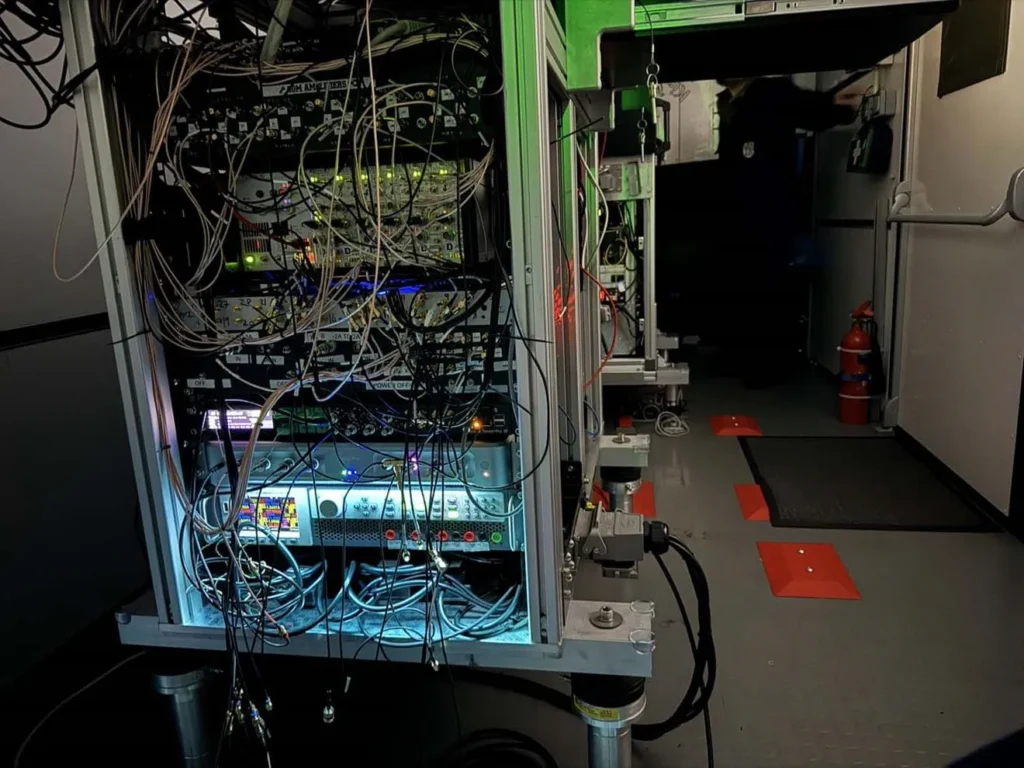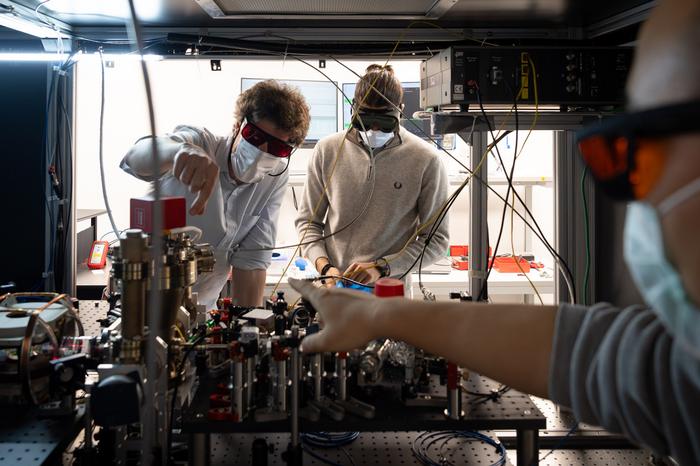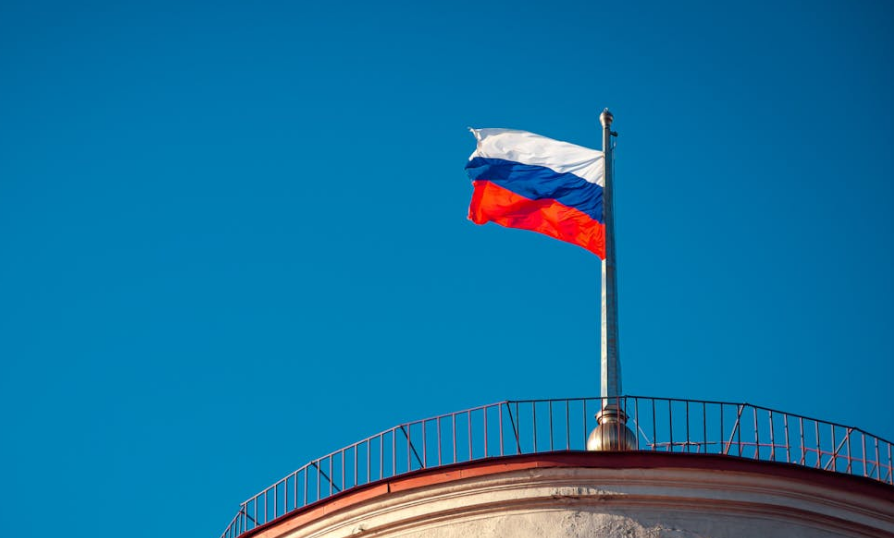Insider Brief
- SBQuantum has secured contracts with ESA and CSA to test its quantum diamond magnetometers in space, as reported by Space Impulse.
- The technology aims to enhance the accuracy and reliability of magnetic field monitoring and offers potential GPS backup solutions.
- SBQuantum’s innovations could play a key role in future space exploration and other industries, including Earth observation and mineral exploration.
SBQuantum, a Canadian startup leading the charge in quantum sensing technology, has announced significant contracts with both the European Space Agency (ESA) and the Canadian Space Agency (CSA) to test its cutting-edge quantum diamond magnetometer technology. These partnerships, as reported by Space Impulse, underscore the growing interest in quantum technology within the space industry, as SBQuantum’s innovative sensors open up new ways to understand and interact with Earth’s magnetic environment, as well as lead to a range of practical solutions from improved navigation to more accurate mineral and natural resource exploration.
The new contract with ESA focuses on evaluating the potential of SBQuantum’s magnetometers in space-based applications. The ESA aims to assess the reliability and accuracy of these sensors, particularly in monitoring Earth’s magnetic environment. This includes tracking magnetic storms, which can disrupt navigation and communication systems. By deploying SBQuantum’s technology on satellites, ESA hopes to enhance our understanding of geomagnetic phenomena and improve the resilience of satellite-based systems, according to the space industry news and data provider.
In a parallel effort, the CSA has selected SBQuantum to participate in its STRATOS Program, which tests technologies under extreme conditions. As part of this initiative, SBQuantum’s quantum diamond magnetometers will be deployed at altitudes of 40 kilometers, exposing them to temperatures as low as -60 degrees Celsius and significant radiation. The CSA’s project will also explore the potential of magnetic field-based positioning as a backup to traditional GPS systems, which can be unreliable in certain environments, such as conflict zones or remote areas, Space Impulse reported.

David Roy-Guay, Co-Founder and CEO of SBQuantum, expressed enthusiasm about these new collaborations. “These contracts are further evidence of the tremendous potential of the quantum diamond magnetometers we are commercializing at SBQuantum. Years of investment, research, and development are now beginning to pay off, as leading organizations in space exploration are acknowledging that our hardware has the potential to provide an important advantage over existing technologies,” Roy-Guay told Space Impulse.
The core of SBQuantum’s technology lies in its quantum diamond magnetometers, which are known for their ability to provide stable readings over extended periods—a crucial requirement for long-term space missions. Unlike traditional sensors, these diamond-based magnetometers require less power, are more compact, and offer greater accuracy.
“The diamond technology has the potential to be much more compact, less power-consuming, and more accurate than what is currently used,” Roy-Guay told Space Impulse, adding that “specifically, the national agencies are looking for stability of the sensor over months of time,”which highlights the unique advantage that quantum technology can bring to space applications.
Beyond the immediate scope of these contracts, SBQuantum is eyeing broader applications for its technology. Roy-Guay sees a future where quantum diamond magnetometers play a key role in navigation and positioning, particularly in environments where GPS signals are weak or unreliable.
“Longer term, our ambition is to provide backup solutions to GPS, particularly for environments where GPS signals are unreliable, like conflict zones or remote areas. In these cases, you need to provide a magnetic field map,” he told Space Impulse.
The data gathered through their space missions will help SBQuantum refine this capability, potentially offering a reliable alternative to GPS with enhanced precision.
In addition to its potential for navigation, SBQuantum’s technology holds promise for sectors such as Earth observation and mineral exploration. The company envisions using its magnetometers in combination with drones to create high-resolution magnetic field maps, which could be invaluable for identifying mineral deposits.
“With low Earth orbit, combined with drone surveys, we can create higher-resolution maps that are invaluable for exploration and mining,” Roy-Guay stated, according to Space Impulse.
This capability is increasingly relevant as the demand for critical minerals grows in the context of the global energy transition.
SBQuantum’s participation in the MagQuest Challenge, organized by the National Geospatial-Intelligence Agency in partnership with the NASA Tournament Lab, has also been pivotal in advancing the company’s technology. As a finalist in the challenge, SBQuantum has had the opportunity to refine its processes and collaborate with top experts in the field, further bolstering its position as a leader in quantum sensing technology, Space Impulse reported.
Looking ahead, Roy-Guay envisions a future where quantum technology plays an even larger role in space exploration.
“Quantum tech has a lot of potential for space,” Roy-Guay told Space Impulse, pointing to possibilities such as using SBQuantum’s magnetometers in interstellar missions to measure magnetic fields on other planets. He also highlighted potential applications in quantum secure communications, quantum gravimetry, and quantum radar, predicting that “over the next five to ten years, we will see quantum technologies like these being adopted more widely, and not only in the space industry.”
For a deeper dive, please see the complete story at Space Impulse.
Also, more information on SBQuantum’s new contracts are available at the company’s website here.
















